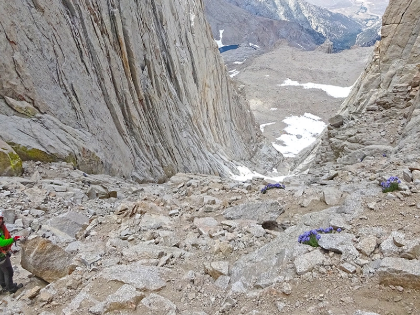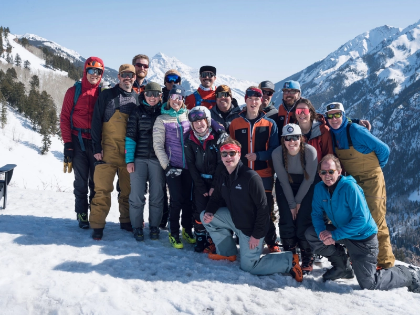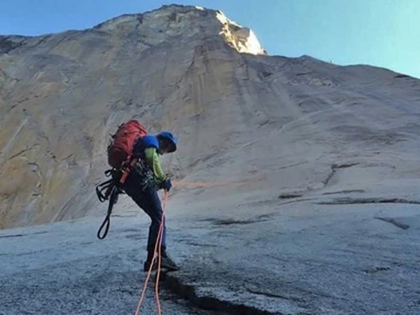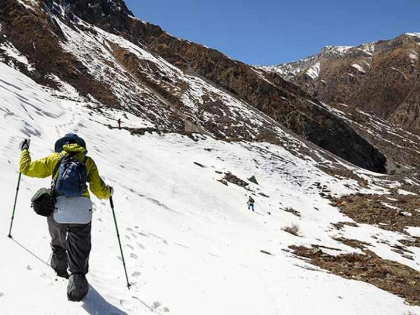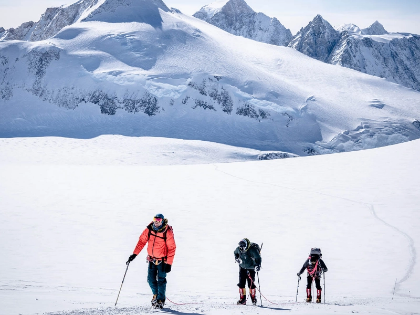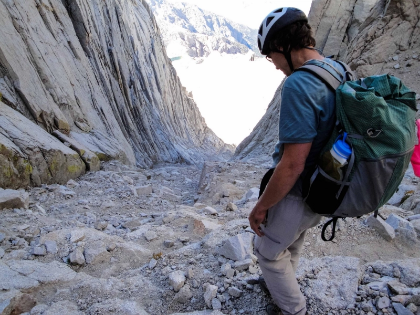Why Climbing Mount Everest is Bad For the Environment
The Environmental Costs of Climbing Mount EverestOn Mount Everest, climbers leave behind a lot of trash. Discarded food containers, tents, oxygen canisters, and even human waste are all over the mountain. Trash accumulates rapidly, particularly at base camp, which resembles a tent city. There is a serious issue that needs to be addressed since more people than ever are climbing Mount Everest.
1. Climbers drop trash
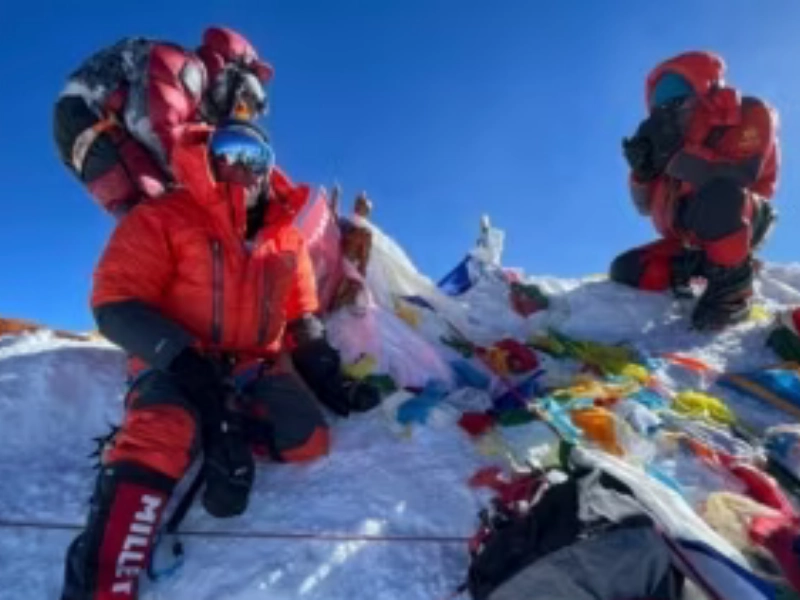 This year saw a record number of climbers reach the summit of Everest, and their garbage output is thought to have been substantial. The mountain's slopes are covered in abandoned tents, food containers, human waste, and empty oxygen canisters.
This rubbish has to be carried down the mountain by sherpas, laborers, and high-altitude guides from the local ethnic community. They have to haul their own trash, which amounts to an average of eight kg per person, along with the tents, additional oxygen cylinders, climbing equipment, and other personal possessions of the climbers.
There has been an attempt to make things better. As part of an effort, anyone climbing the mountain in Nepal will have to pay a $4,000 deposit, which will be repaid if they bring down at least eight pounds of trash.
This year saw a record number of climbers reach the summit of Everest, and their garbage output is thought to have been substantial. The mountain's slopes are covered in abandoned tents, food containers, human waste, and empty oxygen canisters.
This rubbish has to be carried down the mountain by sherpas, laborers, and high-altitude guides from the local ethnic community. They have to haul their own trash, which amounts to an average of eight kg per person, along with the tents, additional oxygen cylinders, climbing equipment, and other personal possessions of the climbers.
There has been an attempt to make things better. As part of an effort, anyone climbing the mountain in Nepal will have to pay a $4,000 deposit, which will be repaid if they bring down at least eight pounds of trash.
2. Earth's Temperature
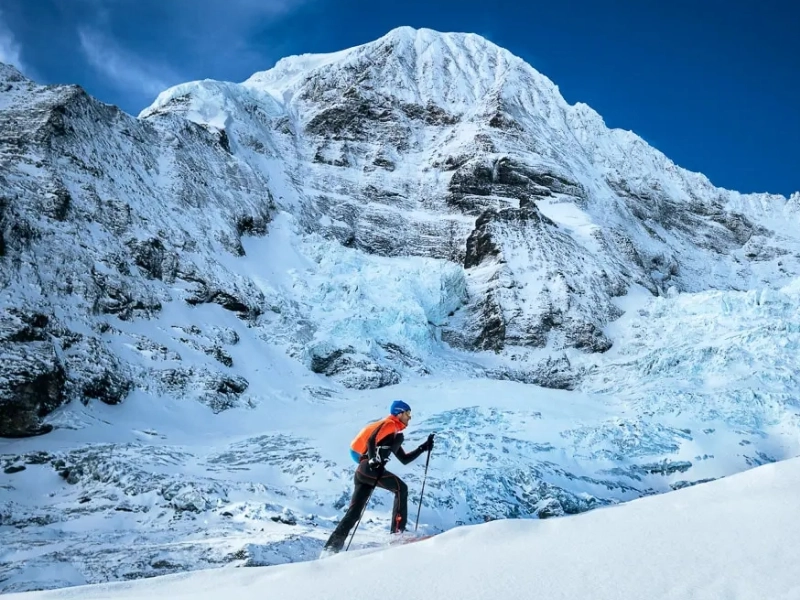 The glaciers on Everest and other Himalayan peaks are melting as a result of climate change brought on by human activity. The water supply in the region is impacted, impacting 1.6 billion people.
It impacts climbing as well. Climbers are finding that the ice they need to ascend the mountain is melting. Climbers are finding some routes increasingly hazardous as a result.
According to Sherpa guides, it could take up to 30 years for Everest to revert to its previous height if the ice melts completely. This may cause the number of fatalities on the mountain to rise sharply.
Specialists are working to find a solution to lessen this issue. Increasing the permit price, limiting climbers to small groups, and mandating the use of Sherpa guides are a few recommendations.
The glaciers on Everest and other Himalayan peaks are melting as a result of climate change brought on by human activity. The water supply in the region is impacted, impacting 1.6 billion people.
It impacts climbing as well. Climbers are finding that the ice they need to ascend the mountain is melting. Climbers are finding some routes increasingly hazardous as a result.
According to Sherpa guides, it could take up to 30 years for Everest to revert to its previous height if the ice melts completely. This may cause the number of fatalities on the mountain to rise sharply.
Specialists are working to find a solution to lessen this issue. Increasing the permit price, limiting climbers to small groups, and mandating the use of Sherpa guides are a few recommendations.
3. Forest loss
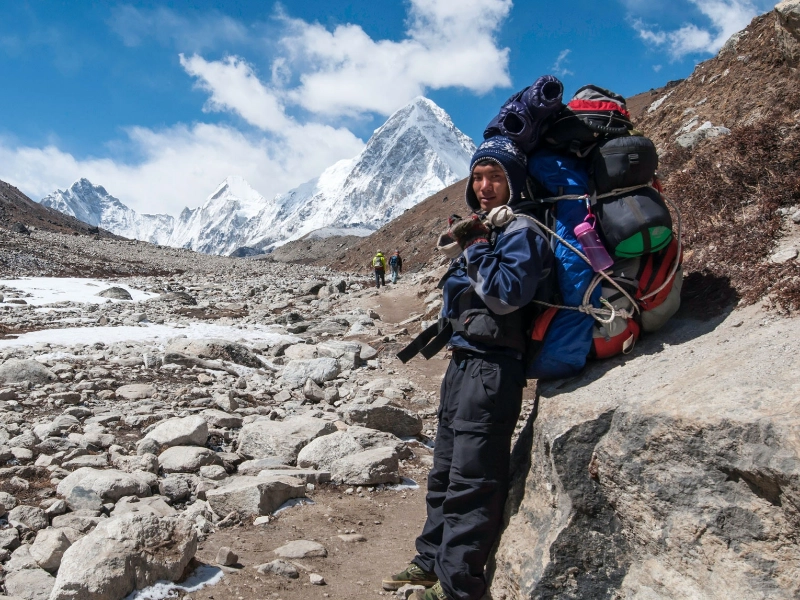 Climbing has detrimental effects on the mountain, in addition to providing thousands of visitors with the opportunity to see one of the most magnificent mountains on earth and generating revenue for the local community. For example, food wrappers, oxygen cylinders, and even tents are among the trash that climbers frequently leave behind. Because of Everest's extremely cold temperatures, trash does not break down but instead accumulates over time.
The degradation of the Himalayan ecosystem caused by this trash may directly affect the Sherpa laborers who live and work there. Despite being the foundation of climbing, they lack the resources to meet the expectations of the tourism industry. Everest can be made a more sustainable travel destination in a number of ways, such as by raising permit costs, adding additional Sherpas, and organizing frequent environmental cleanups.
Climbing has detrimental effects on the mountain, in addition to providing thousands of visitors with the opportunity to see one of the most magnificent mountains on earth and generating revenue for the local community. For example, food wrappers, oxygen cylinders, and even tents are among the trash that climbers frequently leave behind. Because of Everest's extremely cold temperatures, trash does not break down but instead accumulates over time.
The degradation of the Himalayan ecosystem caused by this trash may directly affect the Sherpa laborers who live and work there. Despite being the foundation of climbing, they lack the resources to meet the expectations of the tourism industry. Everest can be made a more sustainable travel destination in a number of ways, such as by raising permit costs, adding additional Sherpas, and organizing frequent environmental cleanups.
4. Mishaps
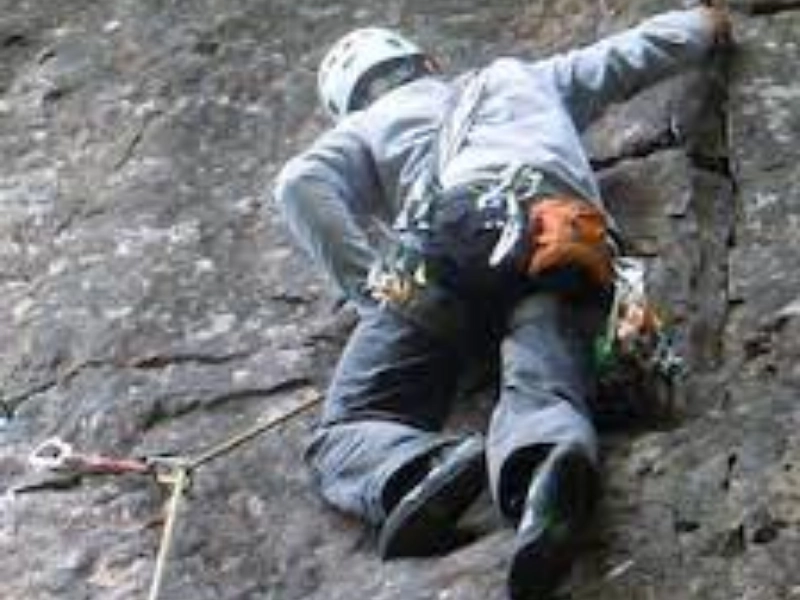 When climbers pass away on Everest, they frequently leave behind their oxygen cylinders, climbing equipment, and food wrappers. Trash does not biodegrade in icy temperatures, making it challenging to remove this waste. The fact that the bodies are buried beneath a layer of compacted snow and ice makes removal challenging as well.
Climbers often find themselves stranded in a line where they lose body heat and deplete oxygen while they wait for weather windows to climb, which is a major contributing factor to the deaths. Everest's Graveyard is another name for the death zone, which is the region over 8,000 meters. This implies that more environmental harm could result from older, deceased bodies reappearing on the mountain. For Sherpa families, who rely on climbing to generate much-needed income, this is particularly problematic.
When climbers pass away on Everest, they frequently leave behind their oxygen cylinders, climbing equipment, and food wrappers. Trash does not biodegrade in icy temperatures, making it challenging to remove this waste. The fact that the bodies are buried beneath a layer of compacted snow and ice makes removal challenging as well.
Climbers often find themselves stranded in a line where they lose body heat and deplete oxygen while they wait for weather windows to climb, which is a major contributing factor to the deaths. Everest's Graveyard is another name for the death zone, which is the region over 8,000 meters. This implies that more environmental harm could result from older, deceased bodies reappearing on the mountain. For Sherpa families, who rely on climbing to generate much-needed income, this is particularly problematic.
5. The local demographic
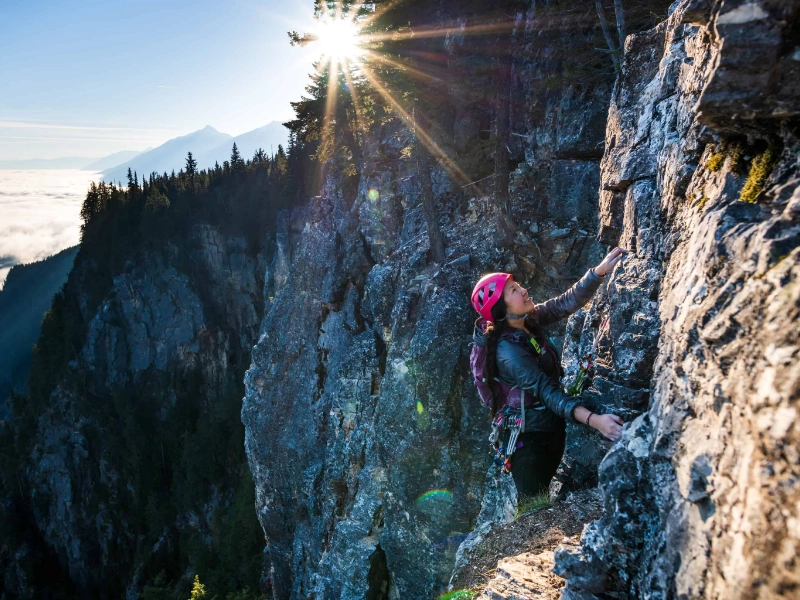 Climbing is a difficult and risky profession. Sherpas put in hard days and nights working in extreme weather. They put their lives in danger to assist climbers. A large number of them must abandon their families. It's not a job that will last. Now that Sherpa's kids are in school, they want them to succeed in their careers and not have to climb mountains all the time.
Regretfully, despite sporadic cleanups, food cans, tents, and used oxygen cylinders are among the trash that litters Everest. There is little indication that the issue will be resolved very soon, despite the fact that the number of climbers is rising. Some solutions to this issue include tightening regulations for climbing Sherpa's and introducing an obligatory payment into the permission system.
Climbing is a difficult and risky profession. Sherpas put in hard days and nights working in extreme weather. They put their lives in danger to assist climbers. A large number of them must abandon their families. It's not a job that will last. Now that Sherpa's kids are in school, they want them to succeed in their careers and not have to climb mountains all the time.
Regretfully, despite sporadic cleanups, food cans, tents, and used oxygen cylinders are among the trash that litters Everest. There is little indication that the issue will be resolved very soon, despite the fact that the number of climbers is rising. Some solutions to this issue include tightening regulations for climbing Sherpa's and introducing an obligatory payment into the permission system.

